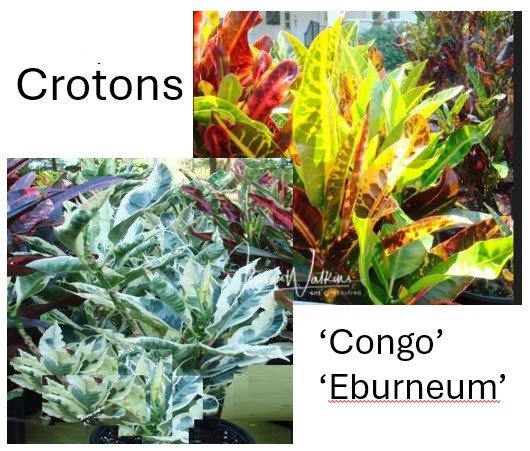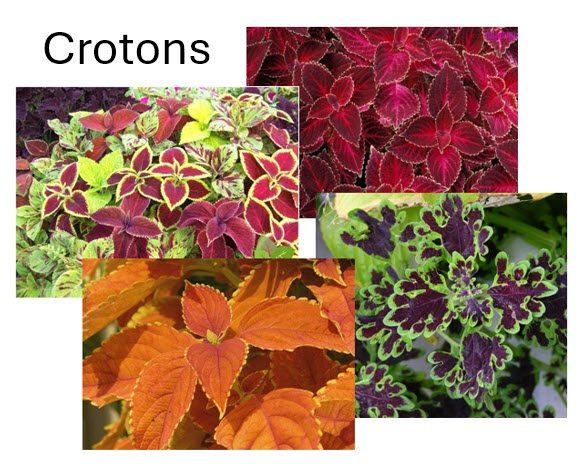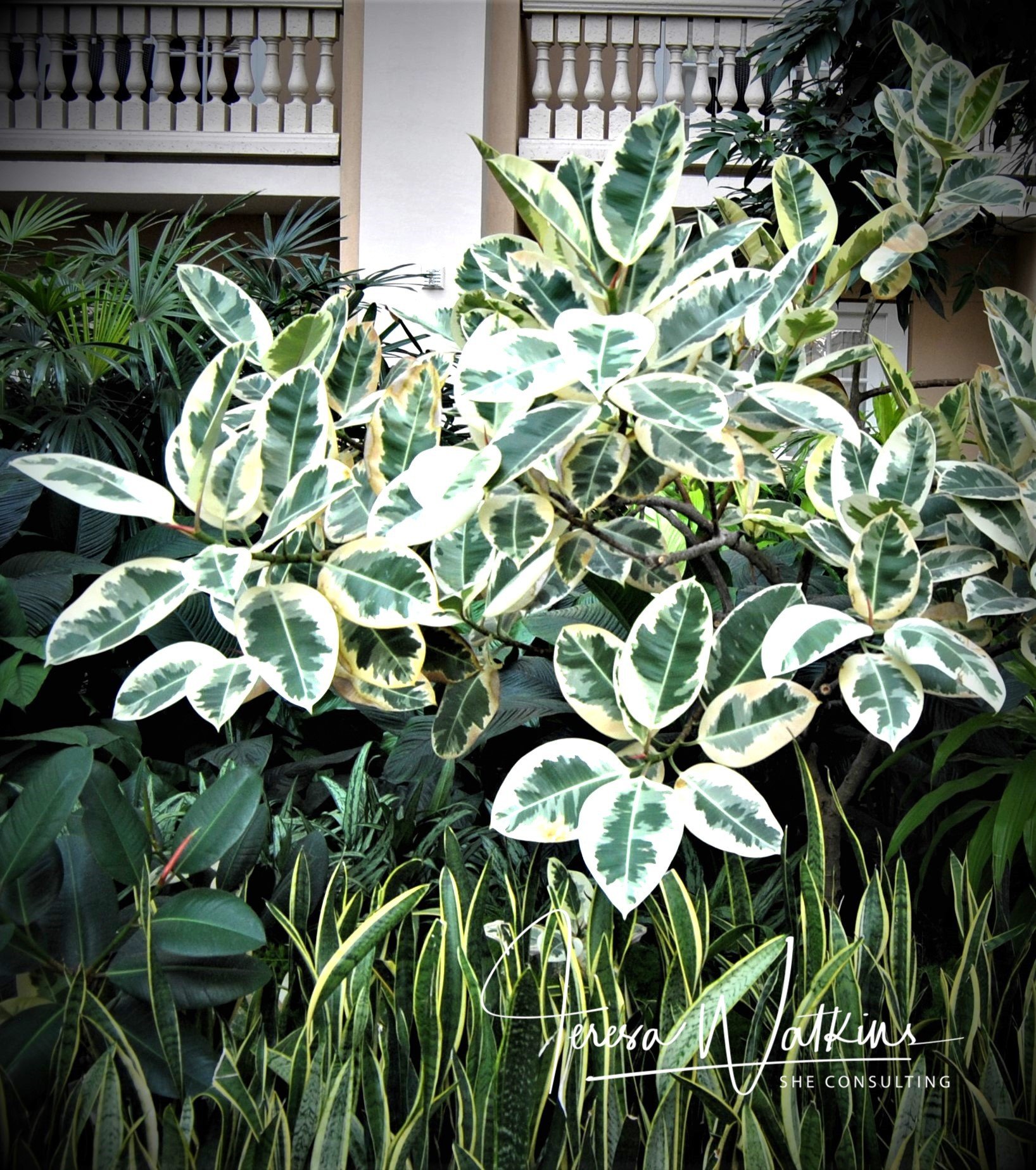What To Do In Your Backyard in April
Water Conservation Month
Average temperature High 83 Low 60
Rainfall 2.42 inches
Time to plant
Vegetables: Calabaza, cantaloupe, cassava, chayote, cherry tomato, cucumber, dasheen, eggplant, Jerusalem artichoke, jicama, lima bean, Malabar spinach, malanga, New Zealand spinach, okra, pepper, roselle, Seminole pumpkin, snap beans, squash, Southern pea, sweet potato, tamarillo, yam, and yard-long bean.
Flowers: African daisy, ageratum, aster, bacopa, balsam, begonia, black-eyed Susan, blue daze, browallia, bush daisy, cat's whiskers, celosia, cleome, coleus, coreopsis, cosmos, crossandra, Dahlberg daisy, diascia, gazania, gaillardia, gerbera, goldenrod, impatiens, Joseph's coat, lantana, licorice plant, lisianthus, marigold, melampodium, Mexican sunflower, million bells, moon flower, nicotiana, nierembergia, pentas, periwinkle, porterweed, portulaca, purslane, salvia, sunflower, torenia and zinnia.
Bulbs: Asiatic lilies, achimenes, African iris, agapanthus, amaryllis, Amazon lily, blackberry lily, blood lily, bulbine, caladium, canna, crinum, crocosmia, dahlia, eucharis lily, gingers, gladioli, gloriosa lily, society garlic, tuberous begonias, and rain lily.
Herbs: Anise, basil, bay laurel, borage, cardamom, chives, coriander, dill, borage, edible ginger, lemon balm, oregano, Mexican tarragon, mint, oregano, rosemary, sage, savory, sweet marjoram, and thyme.
Lawn care
Cold winter temperatures affected lawns but most survived and have begun growth.
Patches of dead or recovering weeds are easily found and should be replaced with grass plugs or sod.
Complete feeding of Bahiagrass, Bermuda, and St. Augustine lawns to encourage spring growth.
Delay feeding Centipede and Zoysia lawns until they begin new growth.
Do not use weed and feed. Use herbicides separately.
Do not use herbicides in temperatures over 85 degrees.
Identify your weeds and the herbicides that provide control; make applications as needed.
Get a soil test before fertilizing lawns.
Fertilized but yellow lawns can often be regreened with an iron-only application.
Mow Zoysia lawns to the desired 2- to 3-inch height.
Starter fertilizers can be used with new lawn installations to supply phosphorus for root growth.
Check for chinch bugs before applying insecticide for St. Augustine lawns.
Mole crickets are back in Bahia, Bermuda and Zoysia lawns; control as needed.
Spring is our dry season; water when lawns begin to show moisture stress as permitted.
Adjust sprinklers to avoid sidewalks and roadways and water only the turf.
Apply up to three-quarters of an inch of water at each irrigation for a total of 1” – 1.5” of irrigation.
Change the oil and service air filters of gas-powered equipment.
Sharpen mower blades every five mowings.
Edge lawns growing along sidewalks.
Lawns needing aeration are usually over-fertilized and overwatered.
Don’t fight the shade; consider another ground cover for these problem spots.
Landscape chores
Don’t waste plant growth; do needed pruning before new shoots form.
Many plants normally affected by cold are still green; prune these to keep them in bounds.
Prune the dead from declining plants several inches into healthy wood.
Redirect the growth of out of bounds shoots and thin trees and shrubs as needed.
Prune spring flowering trees and shrubs after the blossoms fade.
Keep palms healthy; only remove the brown fronds plus fruiting stems as needed.
Rake and use leaves as mulch or compost them for later use in the gardens.
Keep weeds under control; keep mulch at 3” – 4”.
Only mulch till you can see the flare at the base of the tree and shrub.
Plant a tree, shrub, or vine on National Arbor Day April 30.
Remove declining cool season annuals and add warm season selections
Make sure the root balls of all plants are moist at planting time.
Build a ring at the edge of root balls of new trees and shrubs to direct water to the roots.
Give all poinsettias a spring trimming; repot new ones. or add them to the landscape.
Maintain 2- to 3-inch mulch layers with trees and shrubs; one inch in flower beds.
Water annuals and perennials when the soil is dry and warm 2” -3” below soil.
Use slow-release fertilizers that can feed landscape plants for months.
Palms need special feedings; use fertilizers made for palms every 3 to 4 months.
Inspect older trees and trim as needed before the hurricane season begins.
Be safe; have arborist do the pruning of larger and older trees.
Trim old flower stalks from amaryllis, amazon lilies. and other spring flowering plants.
Water new plantings as needed to keep the soil moist.
Divide perennials before the hot weather arrives.
Train vines to a trellis or arbor.
Add a water feature to the landscape, or clean the one(s) you have.
Transplant and feed water lilies and bog plants.
Fruit & vegetable plantings
Hurry to plant tomatoes, peppers and eggplants transplants in the garden. Time for seeds is over.
Select larger transplants for this time of the year.
Remove cool season crops completing their harvests and add the seeded crops.
Many bananas were damaged by the cooler weather; remove declining portions. Trim tropicals unaffected by cold as needed to keep them in bounds.
Control citrus psyllids at each flush of growth; use organic pyrethrin sprays or soil treatments as instructed.
Apply minor nutrient sprays to citrus trees at each flush of growth.
Finish granular spring feedings of all fruit trees.
Start sweet potatoes to have transplants for May.
Complete herb plantings before hot weather arrives; many grow best in containers.
Feed vegetable plantings lightly with a balanced slow release fertilizer according to the label.
Help maintain a moist soil with a 2- to 3-inch mulch layer.
Add edible fruit bearing trees, shrubs and vines to the landscape.
Blueberries need a very acid soil; have the soil pH checked before planting.
Grow blueberries in pine bark fines or adjust the acidity with Espoma soil acidifier.
Transplant papaya seedlings to the landscape, keep moist and feed monthly.
Foliage & Indoor plants
Groom to reshape and remove declining foliage.
Trim overgrown stems of foliage plants to make cuttings.
Repot foliage plants that have outgrown their containers.
Trim holiday cactus if needed to keep compact; root the cuttings.
Give foliage plants a spring feeding with a slow release fertilizer.
Add a saucer to plants on patios to capture and conserve water for use.
Transplant amaryllis that flowered during the winter to the garden or grow in containers.
Wash away dust and insects from leaves and stems.
Insects like scale, mealy bugs & thrips may need insecticidal soap or oil spray for control.
Fungal gnats are a sign of overwatering. Use Mosquito Bits™ for fungal gnat control and only water when the soil is dry.
Move orchids & bromeliads outdoors to a shady location.
Repot orchids & bromeliads when they begin spring growth as needed and begin feedings.
Bromeliads that have bloomed will start to decline. Look for the new pups and cut the mother plant out.
Most forced bulbs cannot be regrown in Florida; toss the plants and keep the containers.
Consider using foliage ground covers for shady landscape sites instead of grass.


















